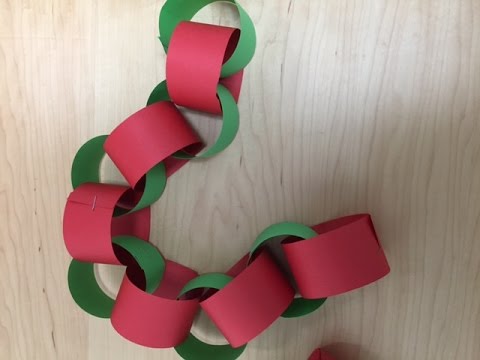What the *&%#!! is a Blockchain?
The answer, nobody knows.
Just kidding. Many people know and are fluent in the language of blockchain technology. I am not currently one of those people, as my computer programming knowledge stems from a couple of classes in college and teaching myself how to copy and paste in Microsoft Word. For those readers who are more well versed, I apologize for any oversimplifications or half understandings, but I will become proficient in time! Today, I want to very briefly introduce the concept of a blockchain, because I strongly believe that its use, moving forward, is very important and could become ever more prevalent in day-to-day living.
A blockchain is a digital ledger. When I think of a ledger, I think of the movie The Shawshank Redemption and the prison warden having Andy Dufresne keep “the books” for him. (If you haven’t seen the movie, spoiler alert ahead if you keep reading.) The blockchain ledger is made of records called “blocks” that are time stamped and that keep track of every single transaction that has and will ever occur in that chain. Someone with devious intentions or a hacker would need to alter and mess with literally every single block that came before it in order to tamper, or alter one of the records. This task, from my understanding, is virtually impossible since there is not one place or one computer that holds all the records. The records are distributed (decentralized) and validated on computers all over the world. Unlike the movie, you can’t keep two sets of books, crawl through 500 yards of waste and come out clean with all the warden’s money on the other side.
One example I use to think about a blockchain is this: at the beginning of each December my daughter makes a paper countdown chain, and as each day passes, she snips off one link at the bottom of the chain. If she cheats the system and tries to bring Christmas faster by cutting the chain up higher, the whole chain falls apart. Imagine that same chain, but instead of hanging in my kitchen and having just me haphazardly count how many “days” are left, it has the world’s most powerful computers monitoring and recording her every snip, year over year over year.
The most common headline making example of blockchain technology at work is Bitcoin. Bitcoin is a digital currency, meaning it has no physical form. You can’t buy a Bitcoin and bring it home and hide it under the floorboards for safe keeping. One aspect of Bitcoin that gives people confidence and faith that it will always be around, and maybe worth money, is that it runs on this secure Bitcoin Blockchain.
There is so much more to this arena of crypto (digital) currencies and blockchain technology, and even after spending hours reading and listening, I think I am just scratching the surface. Today was a half step, and as I understand more I will surely do my best to provide further insights as to how and why it relates to our world and the world of financial planning.
Happy Friday! Please be healthy and stay safe!

